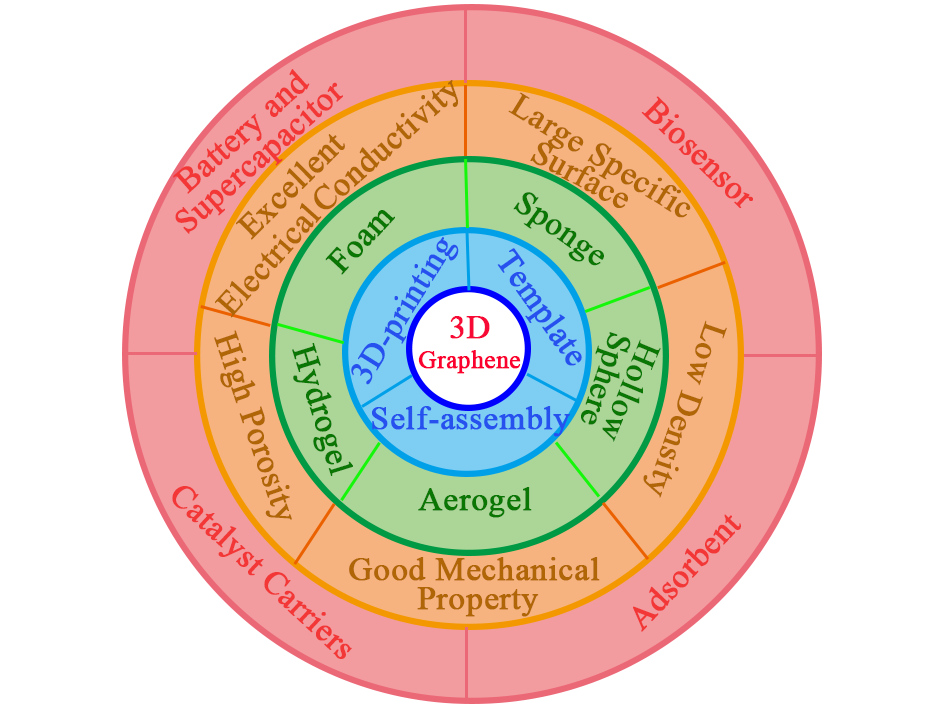Jianxi Zhao, Panpan Gu, Hui Zeng, Shenglu Deng. Self-Assembly of Surfactants in Non-Polar Organic Solvents[J]. Progress in Chemistry, 2019, 31(5): 643-653.
The progress in the study on complicated reverse aggregation of surfactants in non-polar organic solvents is reviewed. Firstly, the problem of surfactant dissolution in non-polar organic solvents(oils) is resolved. The inverted aggregates with full core-shell structure can be expected to form using synthesized new surfactants with a large headgroup or by introducing suitable additives to interact with the head of surfactant and increase the effective size of the head of surfactant. These steps of promoting aggregate formation drive the surfactants to disperse and dissolve in non-polar solvents. Based on this way, a one-step method of directly dissolving and preparing homogeneous solutions of surfactants in oils is developed and the key factors about this method are discussed. Comparatively, the direct dissolution method is more convenient and also more effective than the methanol dissolution method as reported in literature. Some typical homogeneous systems of surfactants in cyclohexane are exhibited and the dissolution method upon aggregate formation is reviewed. In these systems, the aggregates show varied morphologies. The effect of surfactant head size on aggregate morphology is also discussed.


















